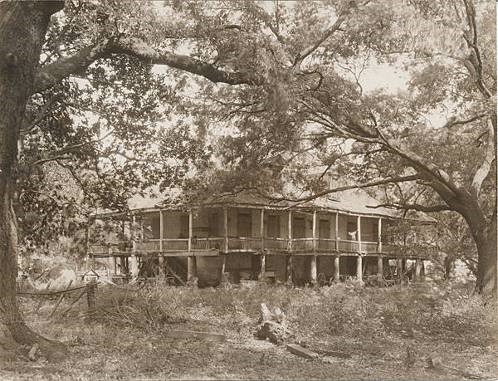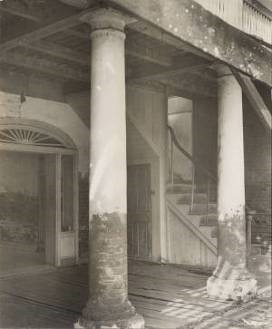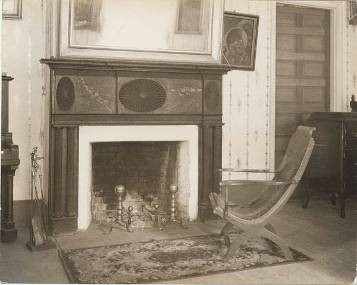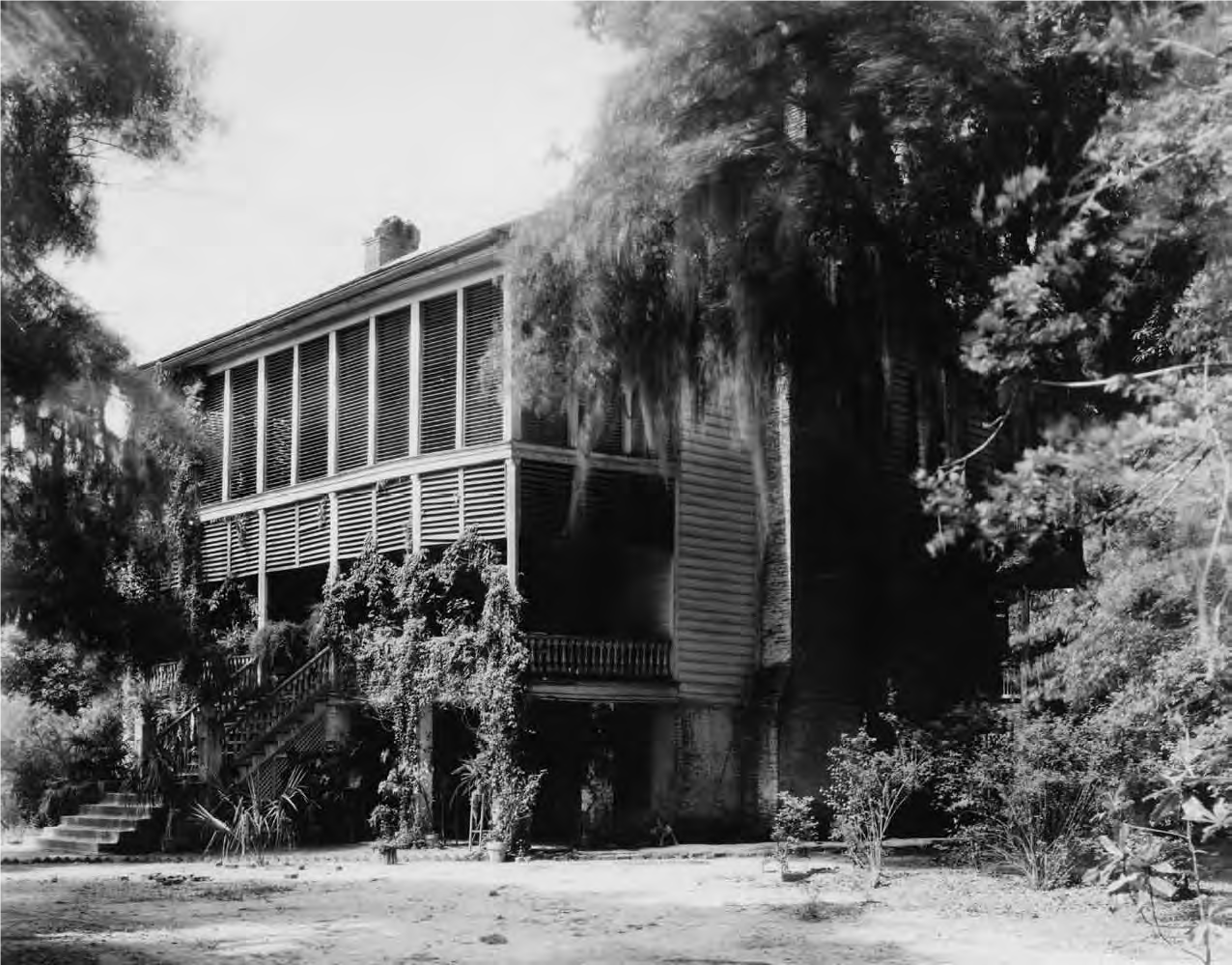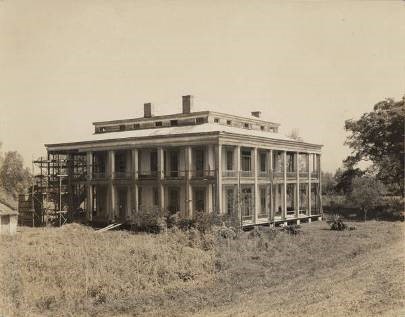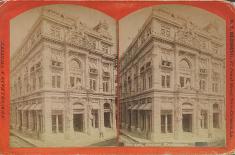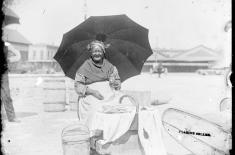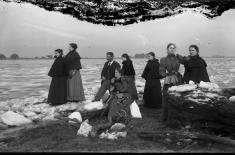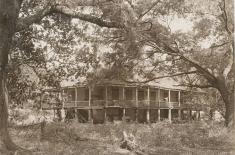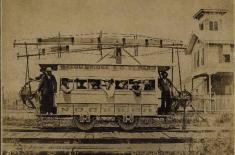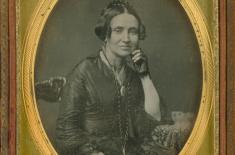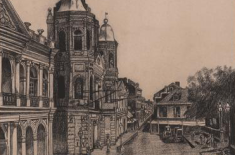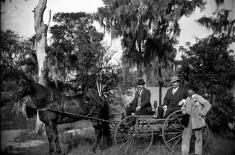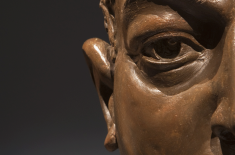Robert Williams Tebbs
English, 1875–1945
Born in England in 1875, Tebbs immigrated to the United States when he was a teenager. After a stint in the U.S. Marines during the Spanish-American War, he worked as a photojournalist for Hearst newspapers, specializing in sporting events. Tebbs married fellow English immigrant Jeanne Spitz (1887–1980) in 1907, and the couple moved to New York City. He worked as a freelance photojournalist for a time, but soon began capitalizing on the growing demand for architectural photography.
Tebbs began photographing nineteenth-century churches in New York. He soon began receiving more commissions than he could handle alone. Charles E. Knell became Tebbs's trusted partner in 1923. Billed as "Photographers to Architects & Decorators," the firm supplied photographic documentation of both historic and new construction projects across the country. A favorite of many of the largest architectural firms, Tebbs documented Grand Central Station in New York City for Warren and Wetmore and Reed and Stem (1913) and the Merchandise Mart in Chicago for Graham, Anderson, Probst, and White (1930).
Tebbs also began working with an emerging cadre of historic preservationists, notably Richard Koch of New Orleans, in the early 1920s. After completing a book project in Charleston for the American Institute of Architects, Tebbs was hired to produce the first photographic survey of Louisiana's plantations. In 1926, he began photographing plantations and other rural architecture across the state.
The Louisiana project was canceled, and the Great Depression brought an abrupt halt to most construction and renovation projects. Tebbs and Knell dissolved in the early 1930s. Tebbs was stricken with a mysterious illness but recovered after seeking help from Christian Science practitioners. He spent his final year doing menial photographic copy work at a Mack Truck factory.
In 1956, his widow, Jeanne Tebbs, sold his collection of photographs, including glass plates, to the Louisiana State Museum.
